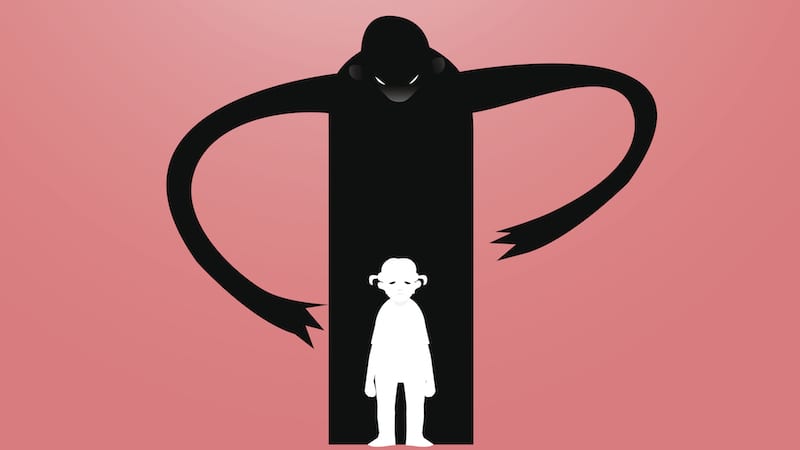
Dear Teacher,
I’m that kid. The kid who gets under your skin. The first grader who colors on your walls and spits on my table partners. The high school junior who mouths off and smirks from the back row. The child who knows exactly how to push your buttons, and does. Regularly.
I taunt. I terrorize. Sometimes I hit. I destroy. I curse. Rolling my eyes often seems like my favorite thing to do. I talk back. Maybe I’ve even made you cry a few times.
Don’t take my behavior toward you personally.
I know that doesn’t make any sense, since it’s mostly directed at you. But you know that old saying about having a bad day at work and going home and kicking the dog? Well, you’re the dog.
(I didn’t mean that the way it sounded.)
I really am a good kid deep down. There are so many things I care about. I have skills and strengths that I want to use to help other people. In fact, I secretly want for you to know all these good things about me.
But unfortunately, you don’t get to see these good things.
I am afraid. I am in pain. You know how if you put oil and water in a container together, the oil will float to the top? It’s like my fear and pain are the oil, and all the good things about me are water. Every once in a while, you might shake me up and see just a glimpse of those good things on the surface, but no matter how hard I try, the fear and pain will bubble up and cover everything again. It’s easy to think that the way that I react to fear and pain—the anger, the defiance—is the real me. In fact, I’ve even started to believe it.
The fear and pain I feel is different than what you may think. It’s not always actual physical fear or pain (though sometimes it is). I might be afraid that I’m not worthy of love, since my dad left me and my mom after I was born. I might be afraid that I will grow up to be like my mom, who is an alcoholic and misses all my baseball games. Or I might be in pain because my family and culture say I’m not manly enough since I cry a lot and am not really into sports. I might be in pain because someone who is supposed to love and protect me said something deeply hurtful that I won’t ever forget.
Maybe you look at me and think there’s no excuse for the way I behave. You might think, “This child has a stable family, loving parents, and a secure environment. I know kids with a lot less who behave perfectly fine.”
But please remember that there is always more than what you see.
What you might not know is that the pressure to be perfect or different than who I am is so intense and crushing that I believe I’m a failure, and I’m too scared to tell anybody that.
Or maybe my home life is fine, but I’m learning a very dangerous message—that I’m inadequate, unlovable, or not worthy of belonging—in some situation outside of home, or inside my own head. Maybe something is going on, or has happened, that nobody, not even my parents, knows about but me, and I do a really good job of faking that I’m happy or that I don’t care.
I know that I’m making things hard for you. I know you don’t deserve it. But I feel like you should know this: Somewhere, on a level I’m not even aware of, I’ve chosen you to behave this way toward because I know you’re a person who can help me.
This is a cry for help.
I want the same things everybody else does, but I’m asking for it in the most confusing and unflattering of ways.
I don’t know how to fix all of this (or I would have already). And I don’t think it’s necessarily your responsibility to fix me. But here’s how you can help me.
Start small. I’m fragile, and I’ve been hurt. Because I’ve got so much junk at the surface, maybe don’t try to remove it all at once or ask me to open up right away about my fear and pain.
Show me that you notice me—not my behavior, but something about me.
Ask me questions.
Don’t give in when I try to rile you up.
Maybe, slowly, I will learn to trust you. Or maybe I will take a long time, and you won’t see any progress in our time together, but your patience and kindness toward me will plant a seed that will sprout many years later.
But please, please, please don’t give up on me.
Love,
That Kid



